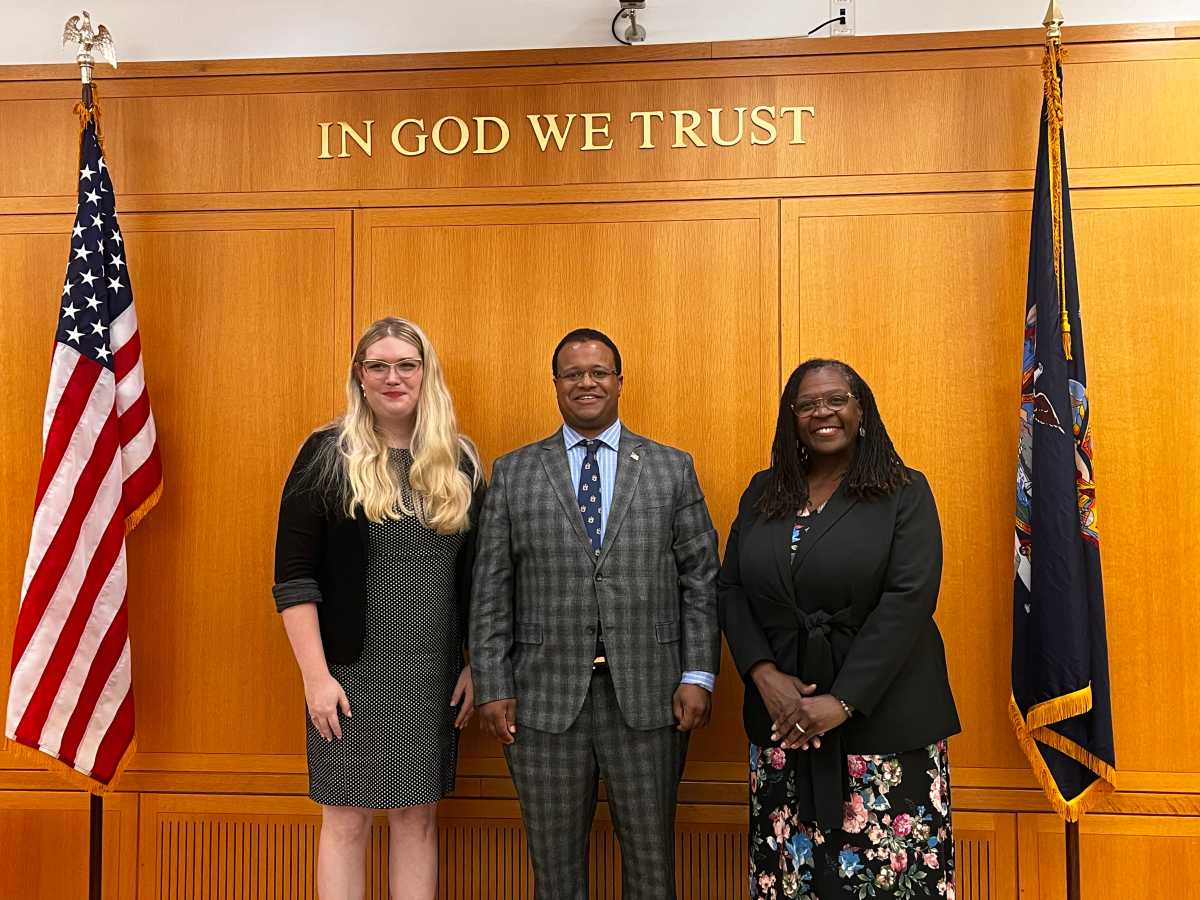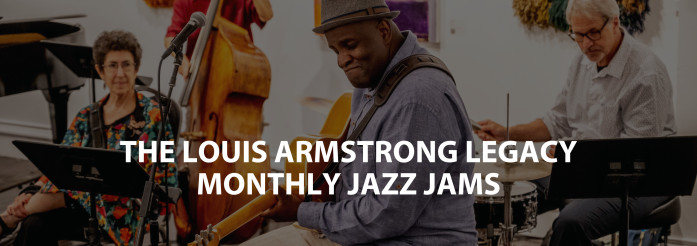Lawyers, scholars and students celebrated Constitution Day at Queens County Family Court on Tuesday, Sept. 17.
The Historical Society of the New York Courts, in collaboration with the King Manor Museum and Queens County Family Court, hosted a Constitution Day “Look Back and Forward Forum” to celebrate the signing of the 237-year-old “living document.”
The event, held at 151-20 Jamaica Ave. in Jamaica, was followed by a reception at the nearby King Manor Museum located at 150-03 Jamaica Ave.
Acting Nassau County Supreme Court Justice Philippe Solages moderated the event, which featured a discussion with St. John’s University Assistant Professor of Law Tyler Rose Clemons and remarks from Judge Edwina Richardson, deputy chief administrative judge of justice initiatives.
Sept. 17 holds historical significance, as on that day in 1787, the delegates to the Constitutional Convention signed the Constitution in Independence Hall in Philadelphia. Constitution Day was legally established by Congress in 2004.
Solages began the event with opening remarks, alluding to the Constitution’s role in citizens’ daily lives. “The Post Office is mandated by the Constitution; the Census has its roots in the Constitution. Two areas of law, intellectual property and bankruptcy, are found within the text of the Constitution,” Solages said.
Solages also briefly explained the significance of holding part of the event at King Manor Museum, the historic home of Rufus King. King was a founding father, lawyer, United States senator from New York and one of the signers of the Constitution.
Following Solages’ remarks, Richardson briefly discussed the preamble of the Constitution. The preamble announces the nation’s “core values and ideals, democratic government, justice and liberty, all with the goal of forming a more perfect union.”
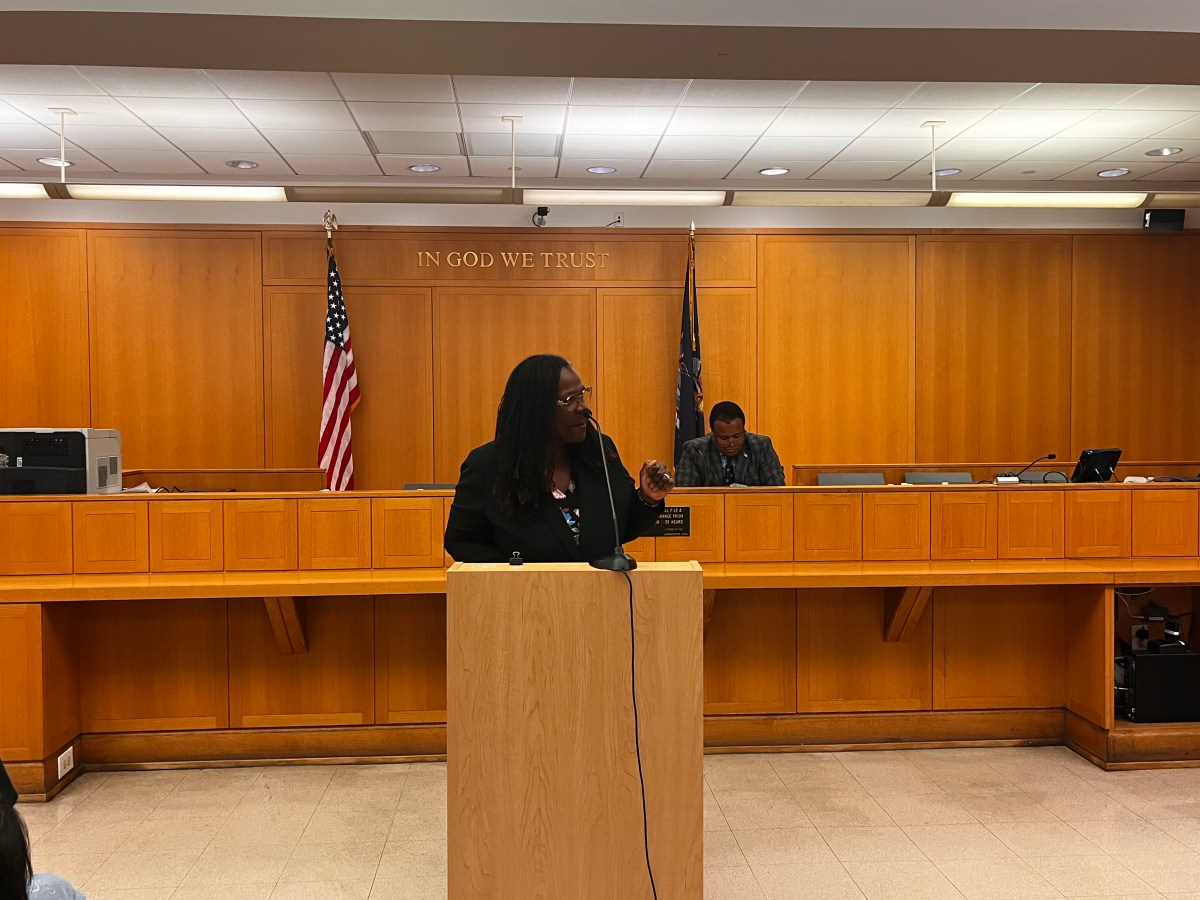
Richardson said she believes the Framers were aware that the Constitution could be and needed to be improved and appreciated that it acknowledges that the nation is aspirational and imperfect.
Furthermore, Richardson said the Constitution reminds citizens that they have something to strive towards and that they must consider the dynamic complexities of current society.
“Justice Ruth Bader Ginsburg has noted that the Constitution and the Union, ‘very much need perfection.’ The preamble is a call to action; while the Constitution claimed to be for the people of the United States and did espouse the virtues of liberty and justice, think about the lived reality of 18th century America; it contradicts these very ideals.” Richardson said.
Richardson asked the diverse courthouse audience to consider that they would have been excluded from the “we” in “we the people” in the granted protections when the Constitution was signed.
Additionally, Richardson said that the 13th, 14th and 15th Amendments, collectively known as the Reconstruction Amendments, provided an opportunity to “shatter racial barriers, launching what was considered a new dawn for the United States.” The amendments have also been used in modern society to combat other forms of discrimination.
“Since its enactment, the 14th Amendment has been used to protect and promote civil liberties well beyond race-based discrimination. Justice Ruth Bader Ginsburg, when she was a practicing attorney and law professor, quite successfully relied on this very same equal protection clause to combat discrimination based on sex,”. Richardson said.
The 13th Amendment prohibits slavery, except as a punishment for a crime. The 14th Amendment provides that all persons born naturalized in the United States are citizens and promises equal treatment. The 15th Amendment prohibits abridging the right to vote based on race, color or previous condition of servitude.
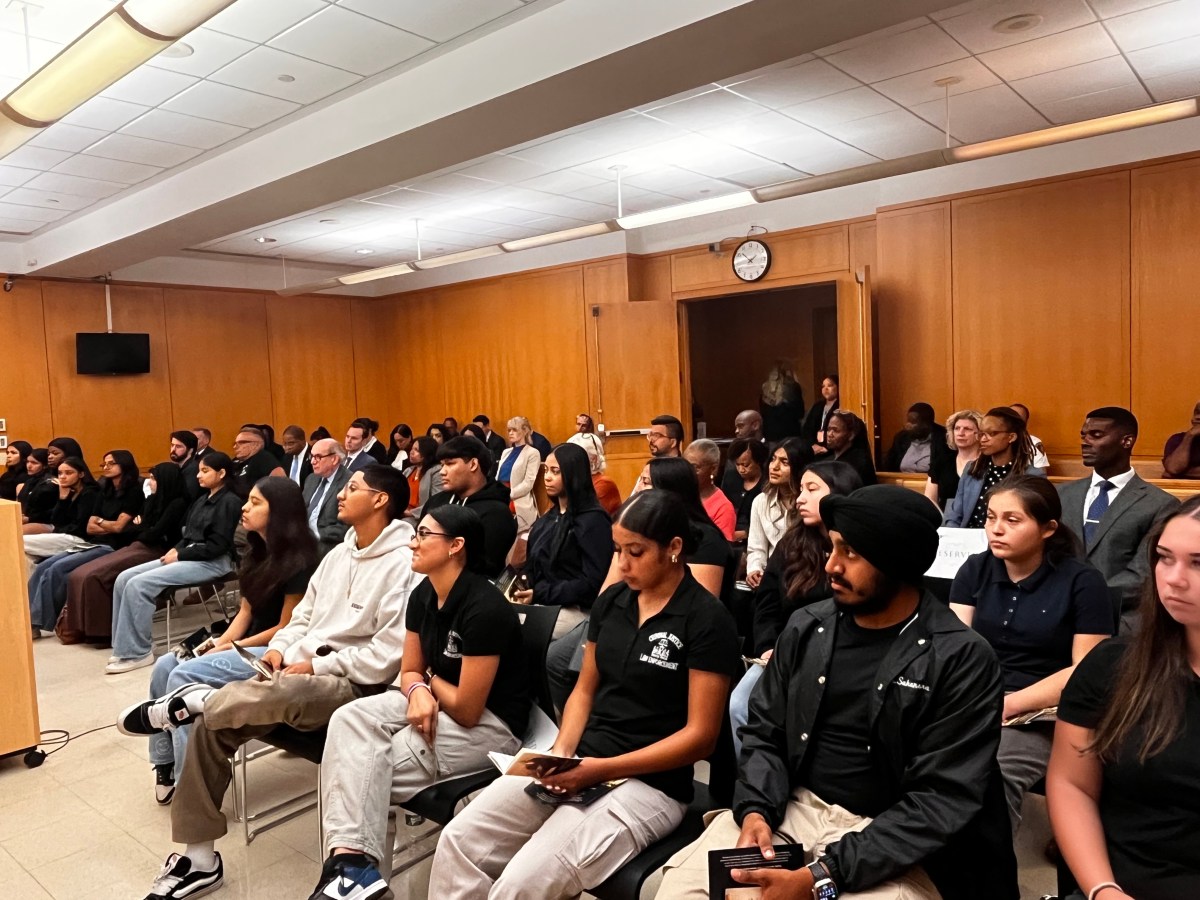
Following Richardson’s remarks, Solages began a Q&A panel with Clemons. Clemons discussed the motivations behind the Framers of the Constitution’s meeting in Philadelphia, the Constitution’s design to address historical problems and the history leading up to the Constitution’s creation. “The Constitution has a predecessor, called the Articles of Confederation, that was the first attempt to create a national government of the newly formed United States,” she said. “In the 1780s, the consensus became that it had largely failed. It was a much weaker federal government than the one created by the U.S. Constitution and had a few notable flaws.”
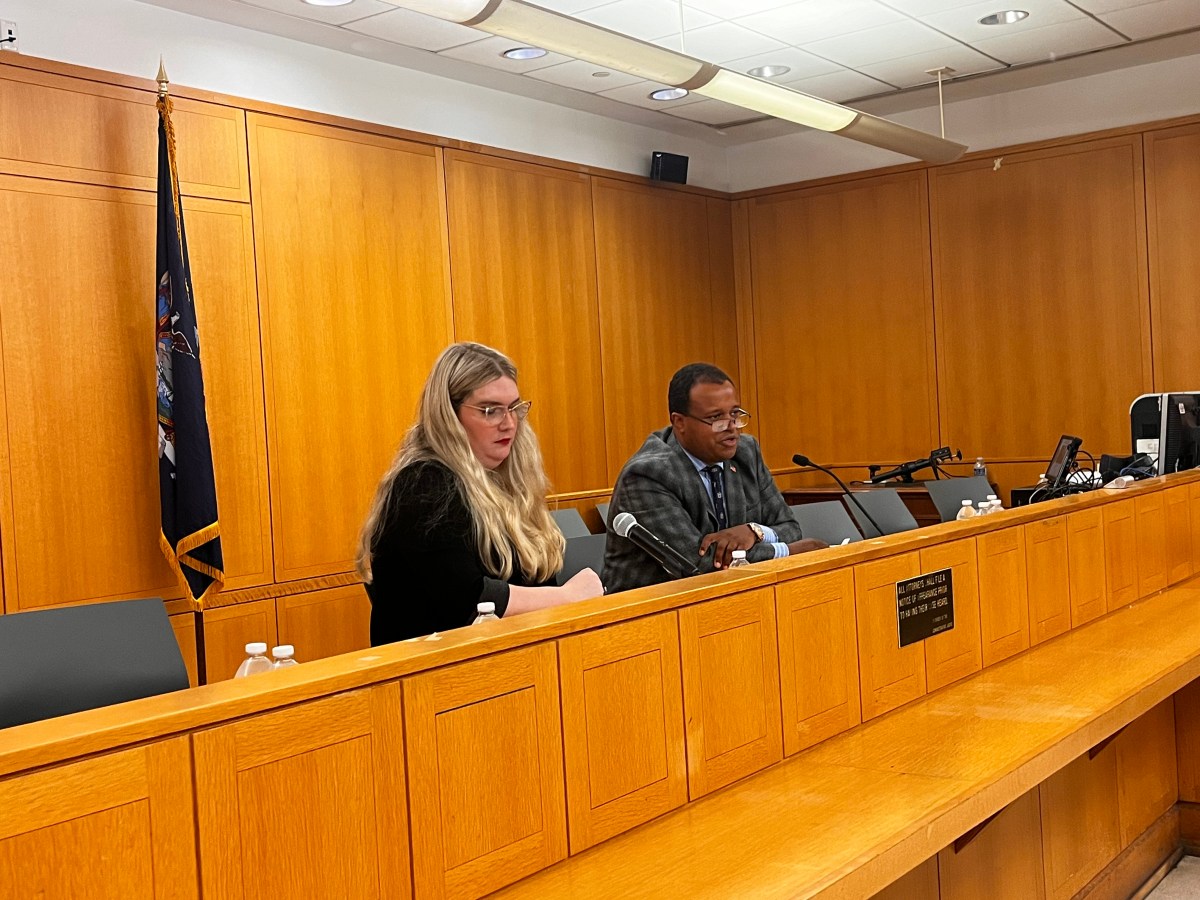
Due to the flaws of the Articles of Confederation, the Framers met in a convention in Philadelphia in May of 1787 to create a completely new system of the federal government under the new constitution.
Clemons also explained how the Framers were influenced by Charles de Montesquieu’s book “The Spirit of the Lost,” applying its teachings to create the framework of the separation of powers in the Constitution.
“Montesquieu divided power up three ways. The executive power: the power to enforce the laws, the legislative power: the power to make the laws, and the judiciary: the power to interpret the laws,” Clemons said. “So that’s one of the ideas that goes in and becomes Article I; the Legislature, Congress. Article II, the Executive, presidency. Article III, the judiciary, the Supreme Court, and then eventually the lower federal courts.”

